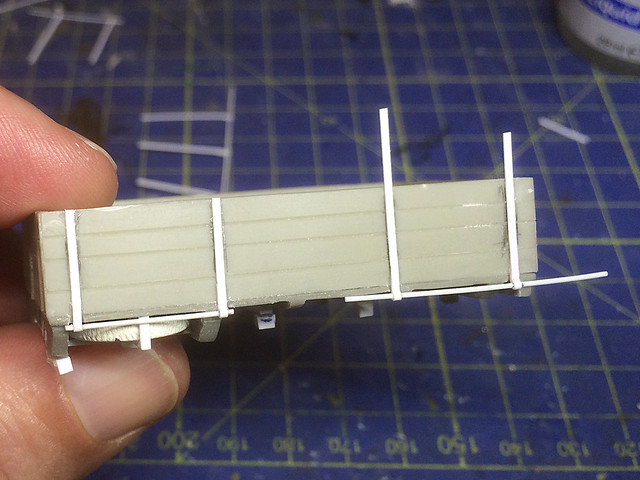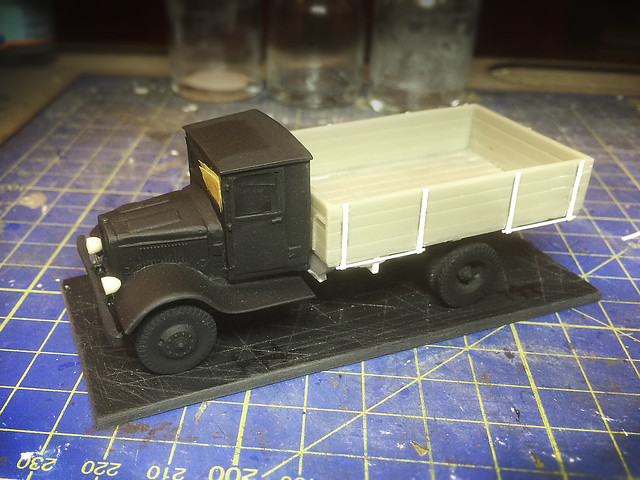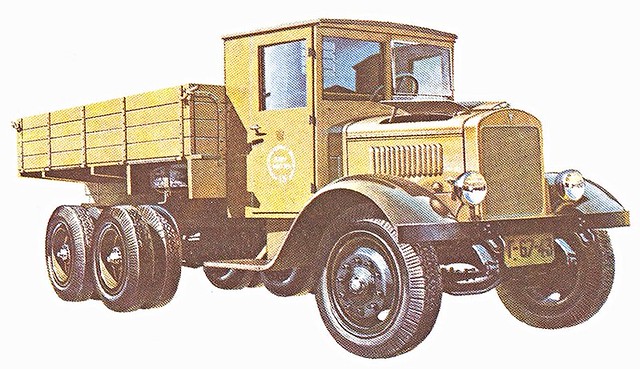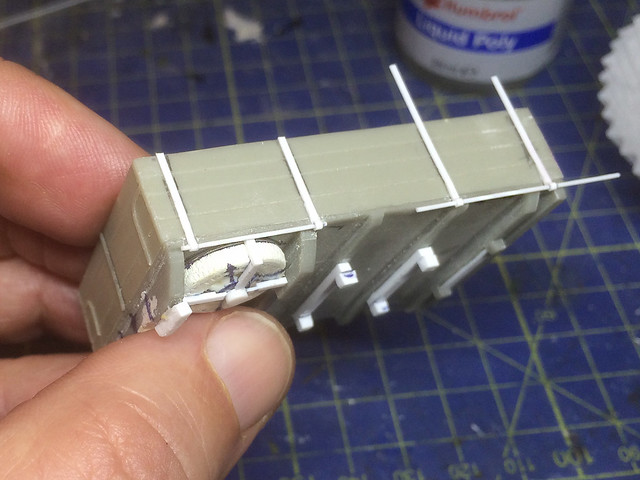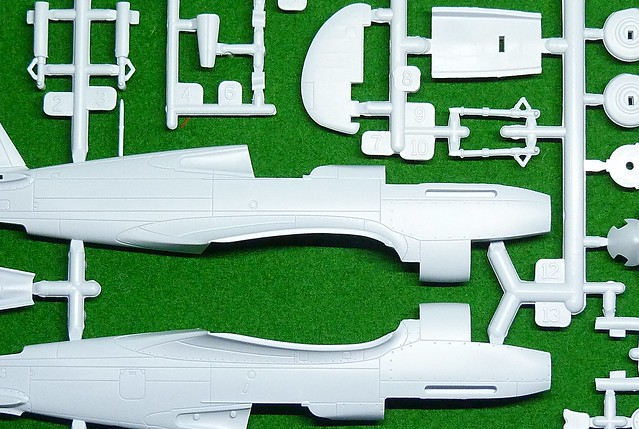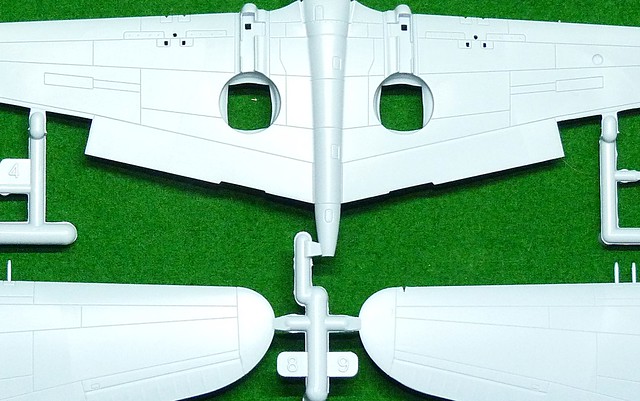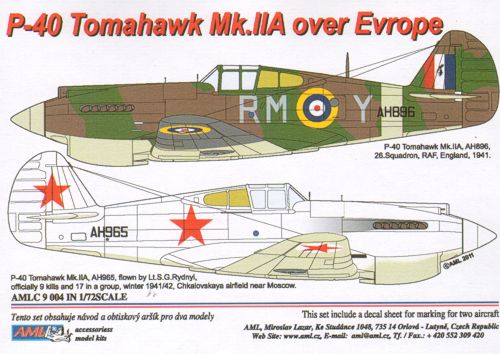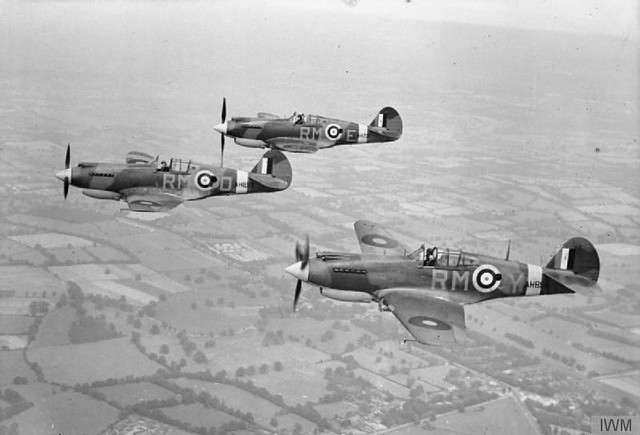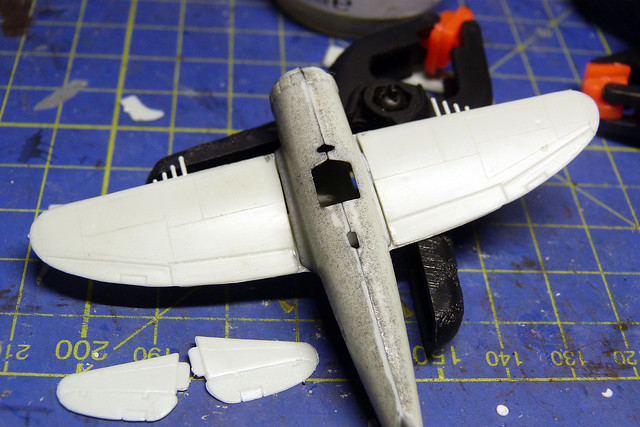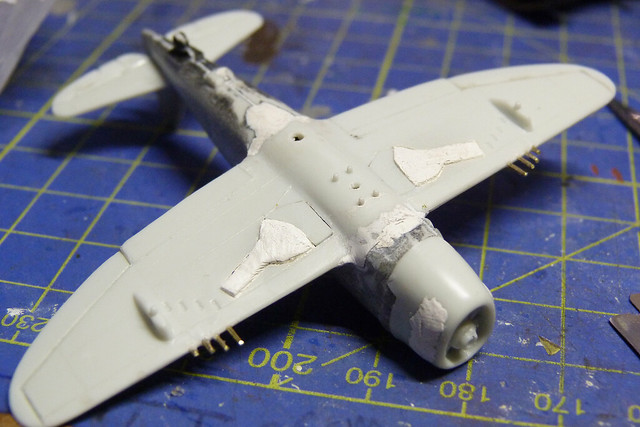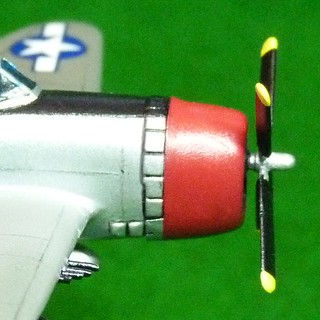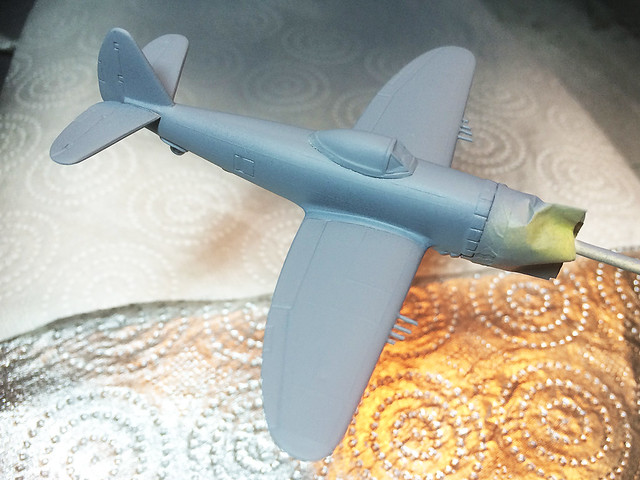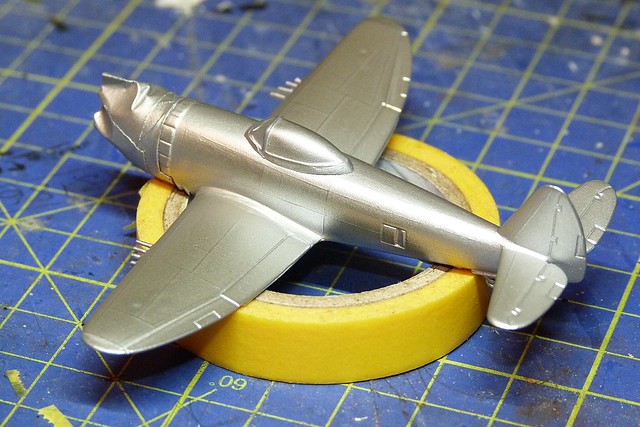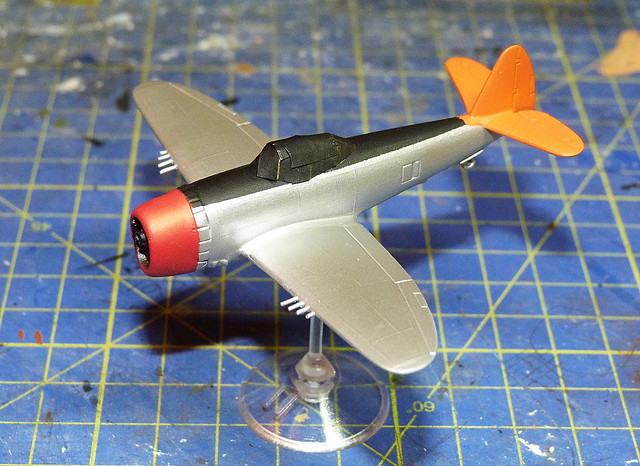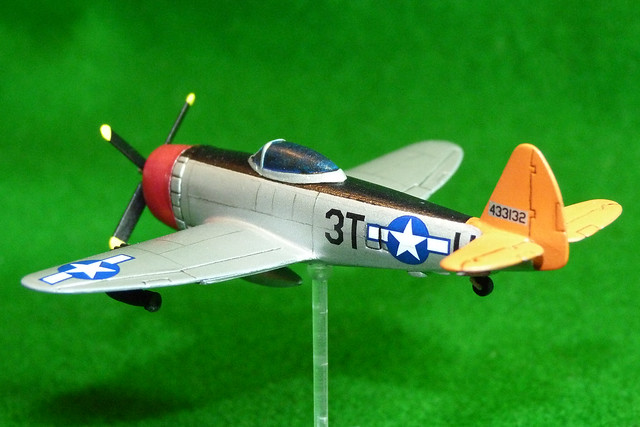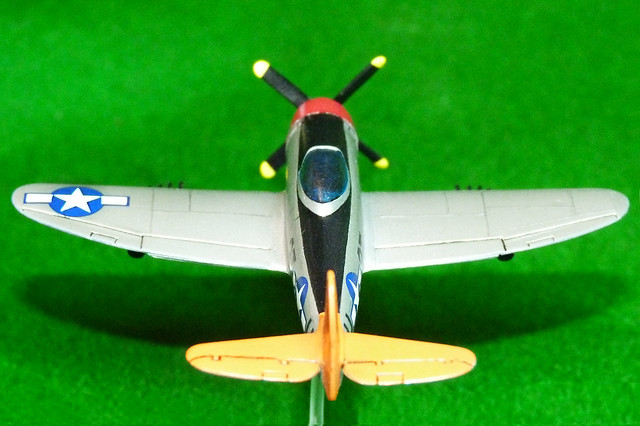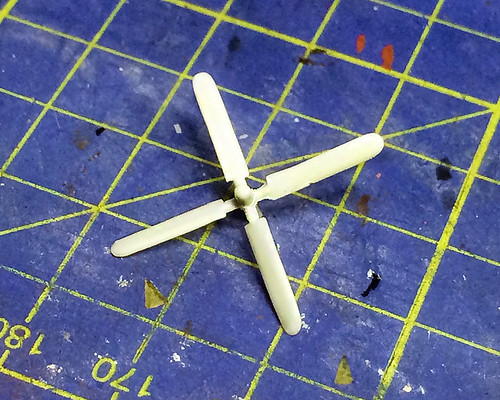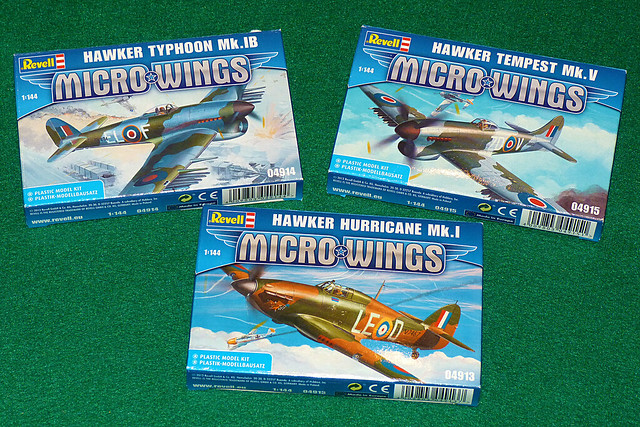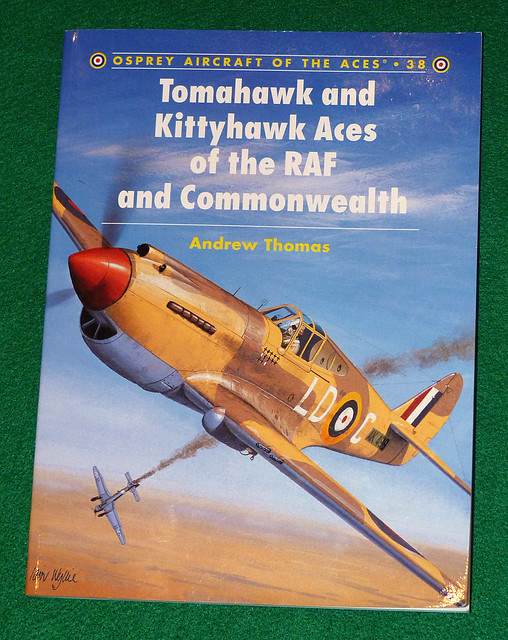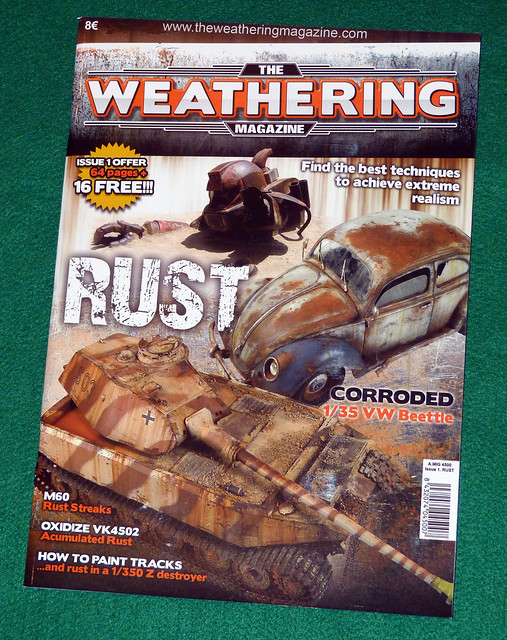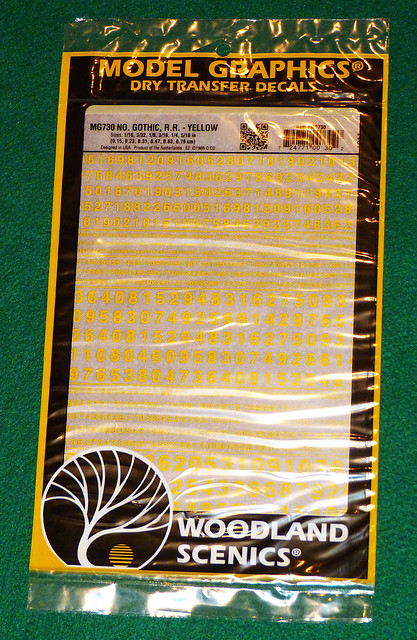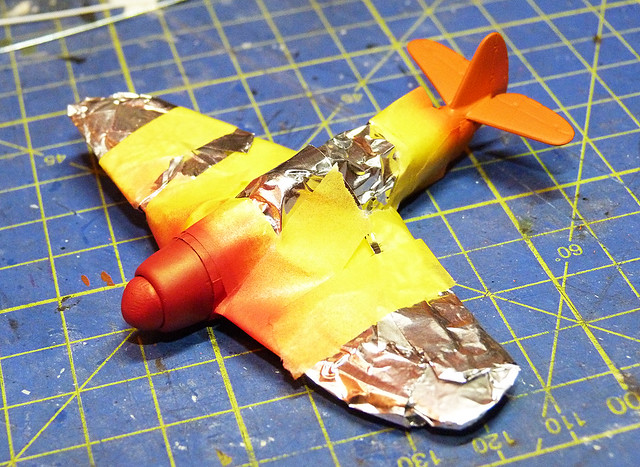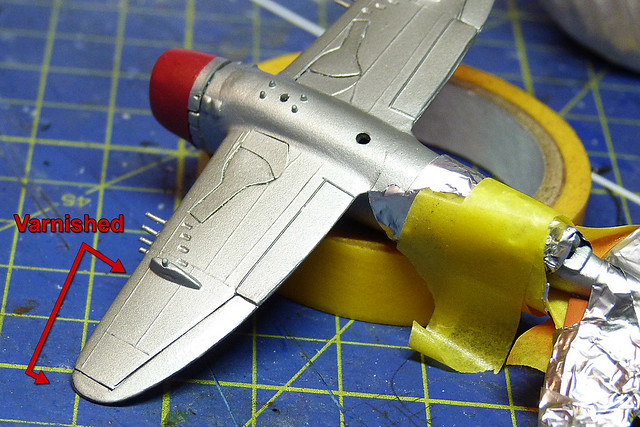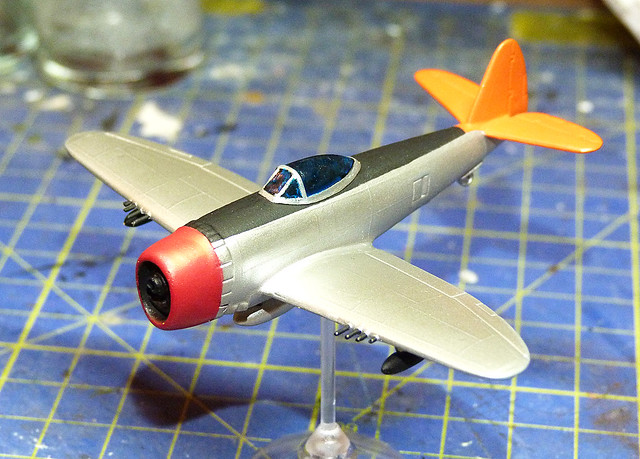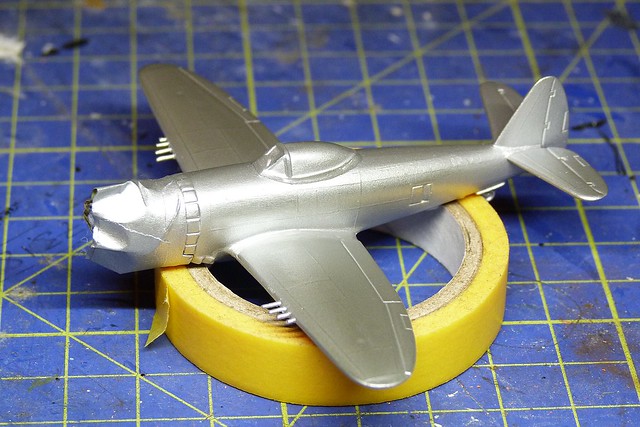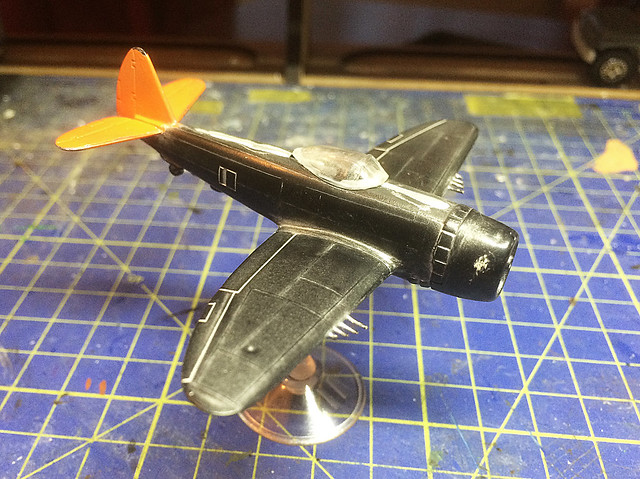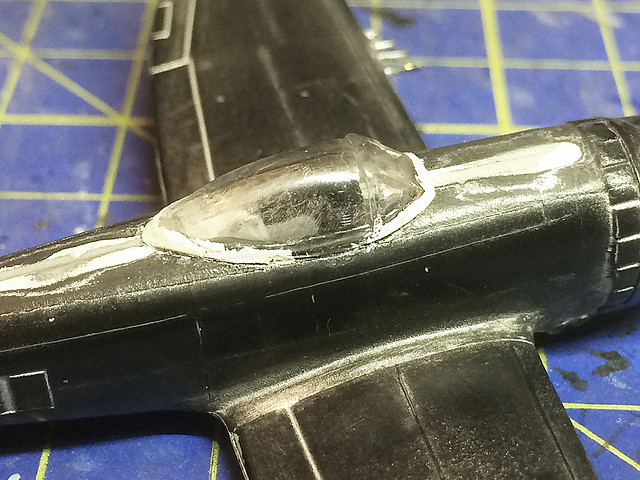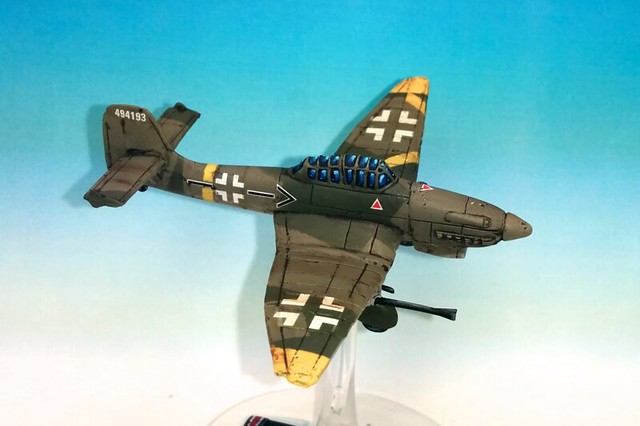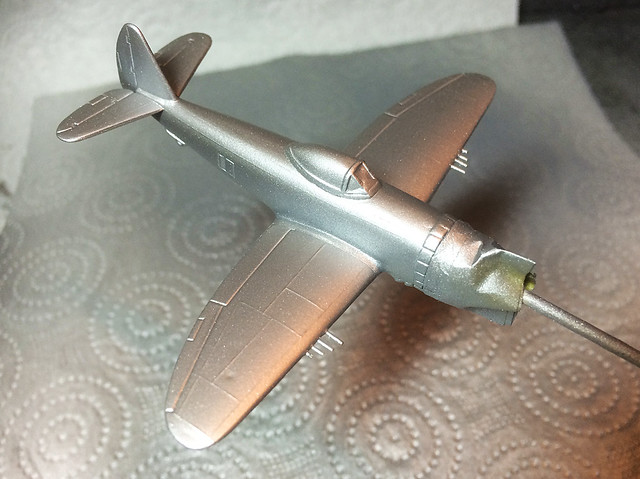Finished! That was a LOT of time to do a little 1/144 scale 'easy build' kit. But experimental diversions aside what was the Revell Micro-Wings P-47 like to make?
I think the first thing to mention is this range of 1/144 Revell kits dates back to the 1970s and are re-issues of these venerable models. So, as you night expect, fit and quality aren't exactly up to today's expectations. To put it politely, component fit is somewhat vague.
Now, this might normally be something of an issue were it not for the fact that even at full price these little kits cost only £2.95 each. So, really, you have to give them some leeway in terms of value for money...These are not Eduard or Eastern Express 1/144 models - but neither is the price.
These little kits are ideal for beginners or even more experienced modellers who want to try out new techniques without ruining a full-sized and full-priced model. You just have to be aware that some amount of filling and sanding will be required if you want to complete these models with any degree of real satisfaction.
There are quite a few gaps in seams and an amount of flash to have to clean up. This is a little annoying as part of the whole premise behind these models is ease and quickness of completion. Even the most undemanding beginner will find some of the ill-fitting parts annoying.
Another frustrating aspect of these kits is that they seem to be designed *only* to be made with the landing gear down. This fits in with the lack of a pilot figure, as if the plane is meant to be parked on a runway and yet Revell supplies a 'in-flight' stand with the kit!
If - like me - you want to make the plane as an 'in flight' model you will have to modify the undercarriage arrangement and think about what you will do with the canopy...
With no cockpit detail of pilot your choice of modelling these planes in flying mode means they would look a little strange - I mean, who's flying the darn thing?
Anyway, this conundrum aside for a moment - let's talk about accuracy...
Even though - at just 1/144 scale - I suppose 'something has to go' by way of detail and bearing in mind these are not premium priced precision scale models you can't moan too much at some inaccuracies. Overall what you get is a small representation of a historic aeroplane that resembles the original sufficiently to satisfy the complete beginner. As these are the intended consumers for this range then I guess you could say 'job done' Revell.
Left: Perhaps the biggest fault in the Revell model is the poor shape of the engine cowl.
From my point of view the three issues I would highlight are the mis-shaped engine cowl, the abysmal propeller and - least serious - the raised panel lines. In particular, as the P-47's 'nose' is one of it's notable features the fact that the shape is incorrect was a disappointment - it's just slightly out, but it niggled me.
Having filled, sanded, modified and corrected the P-47 actually didn't look too bad once the base primer was applied. In the end I decided to paint the canopy, thus disguising the lack of a pilot!
Which brings up to the paint scheme...
Revell just supplies a single colour/decal scheme for this Thunderbolt - it's pretty enough, though, and simple for the beginner to handle. Best of all the decals are of good quality and are printed well, in particular I was very please with how opaque the white areas were in the decals.
I laid down a coat of Humbrol's Aluminium Metalcote spray, this went on OK though - as an aerosol can paint - was quite textured and not as highly reflective as some of the specialist modelling metallic effects, like
Alclad. But - again - for a beginner this is perhaps the easiest and cheapest way to get a bare metal finish on your kit.
As I said, the colour scheme is nice and simple for the beginner, large colour blocks that are easily masked for spraying or brush painting. Once these are done a gloss varnish will make the application of the decals easy.
And that, as they say, is about that. Easy really - an uncomplicated project (which I managed to make complicated - but that's me) and in the end a satisfactorily attractive end product.
(I didn't really bother with weathering - I just highlighted some of the panel lines by accentuating them with a graphite pencil. I also pin-washed the flaps and elevators. That's all.)
I find myself actually inclined to recommend these Revell kits. They are fun and useful models, both for the beginner and more experience modeller, as they have something to offer either level of model-maker. Simplicity for beginner and a cheap and handy testbed for the more ambitious or meticulous modeller.

